White on white
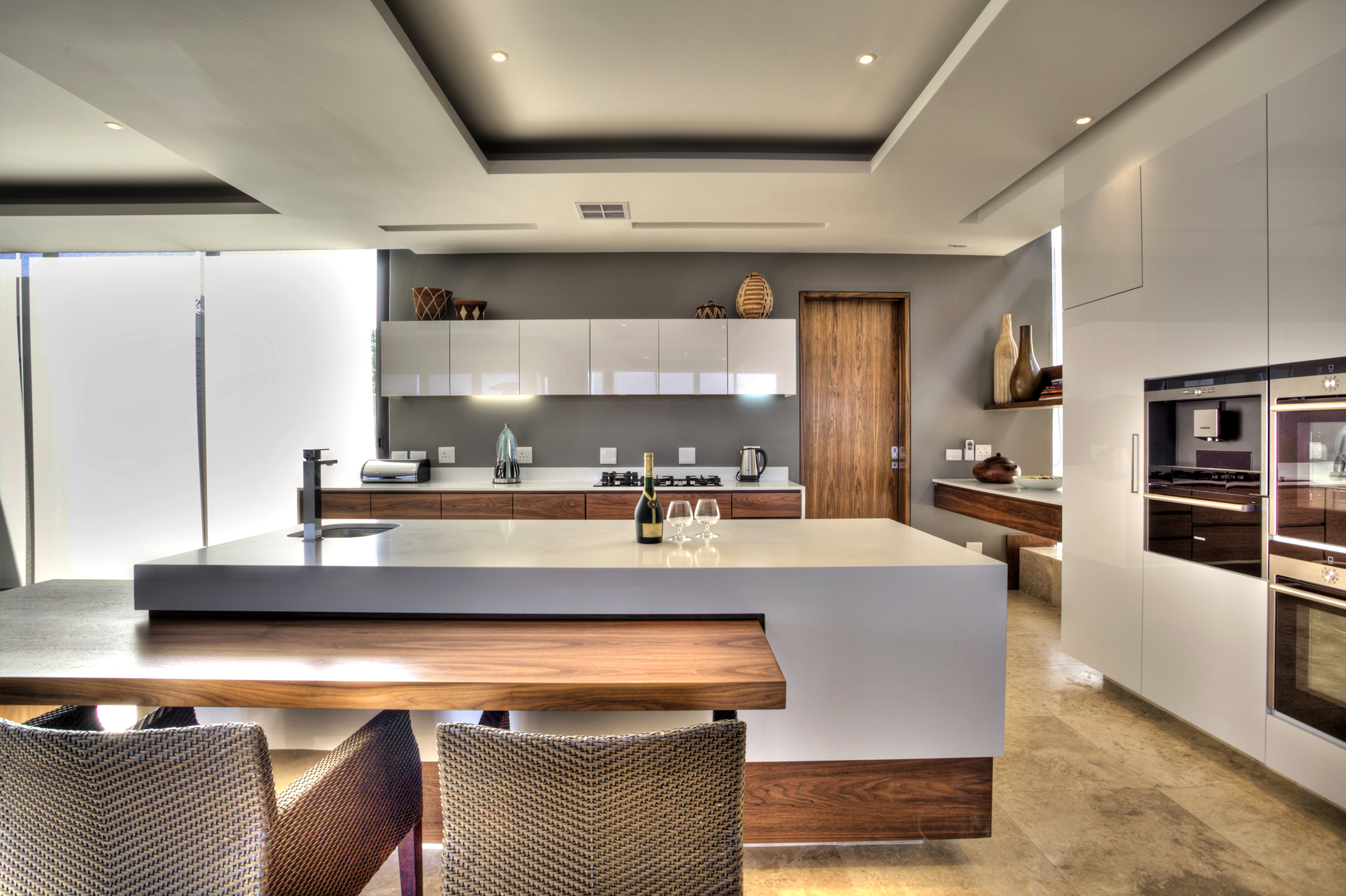
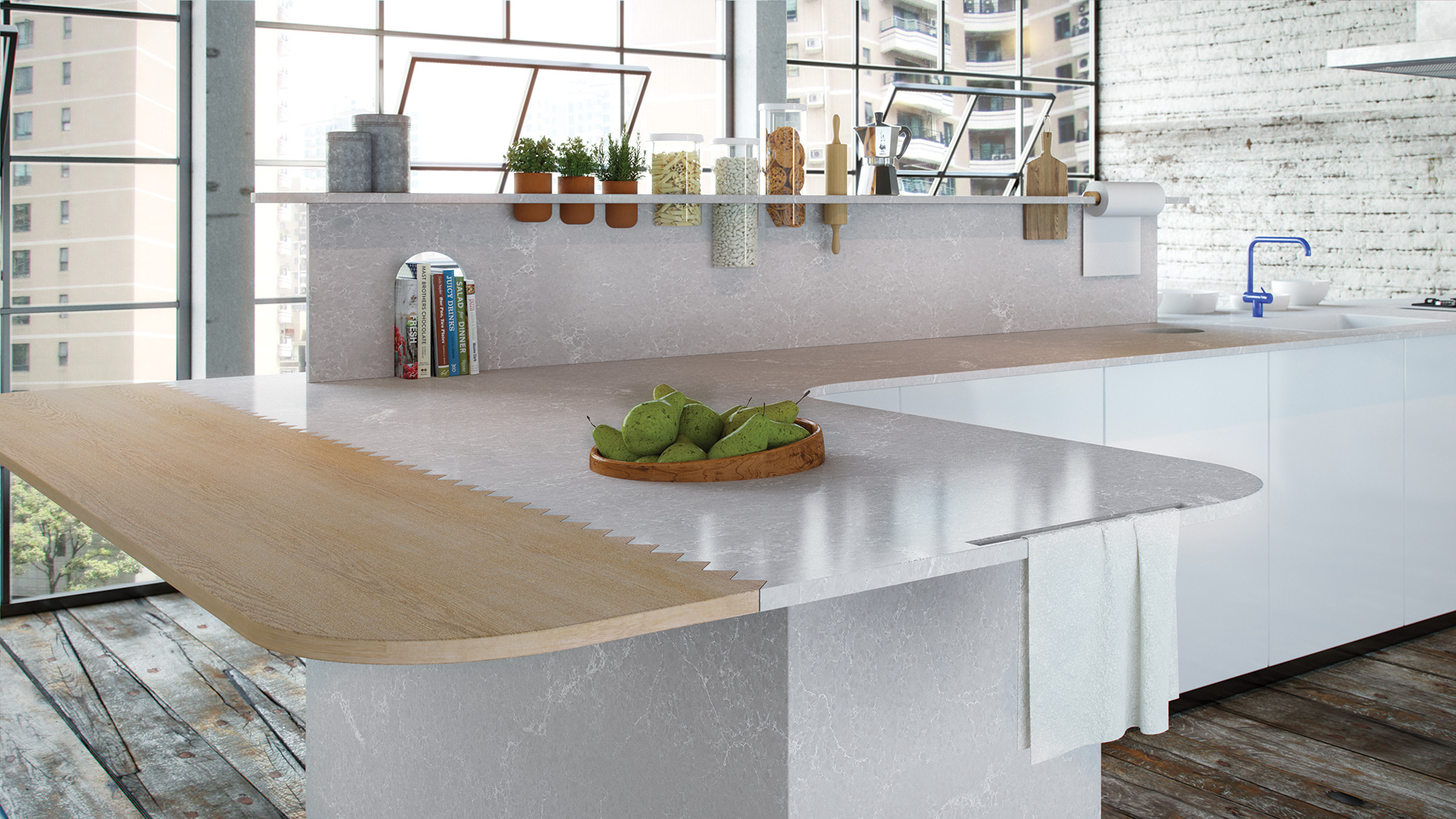
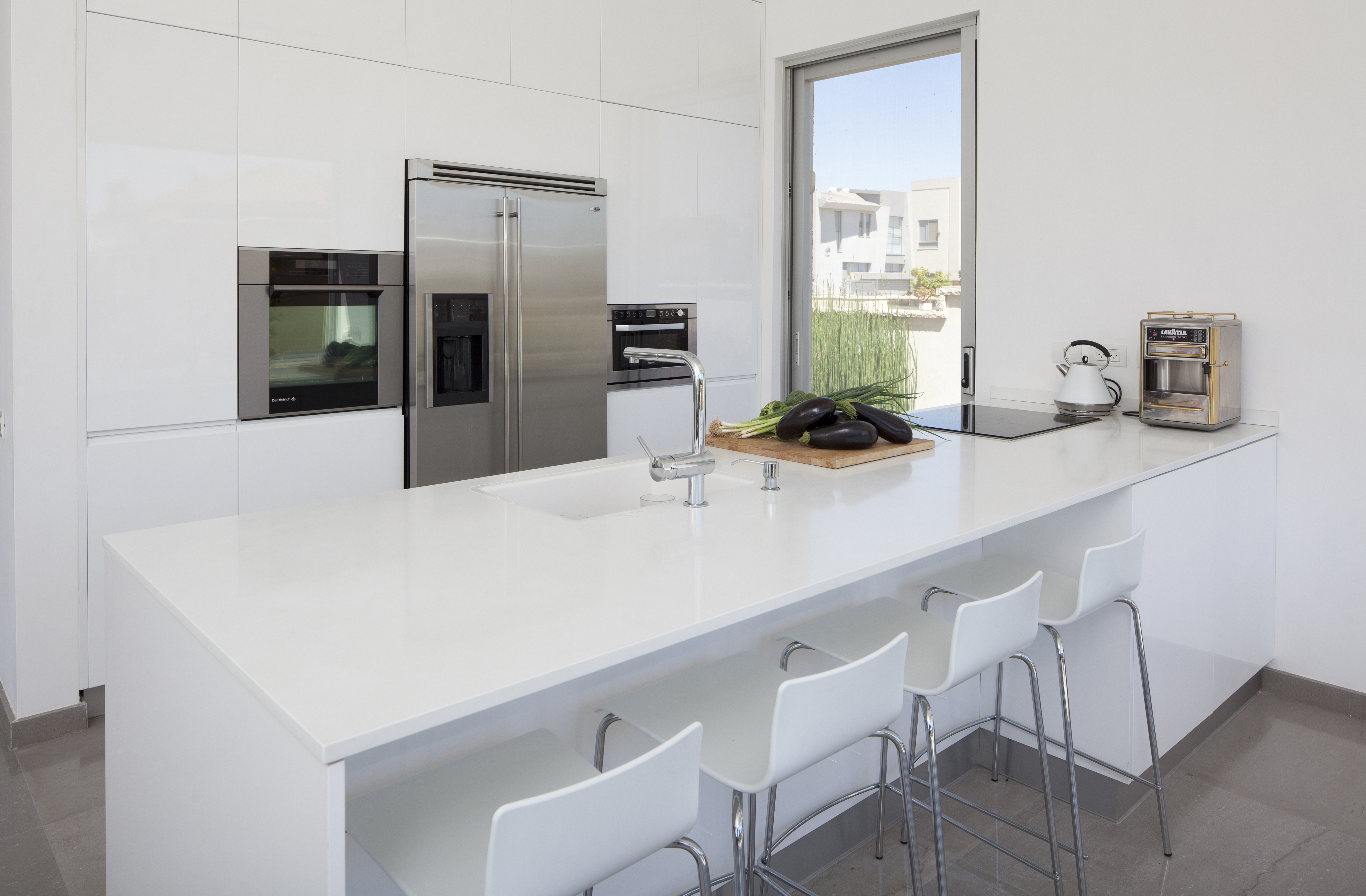
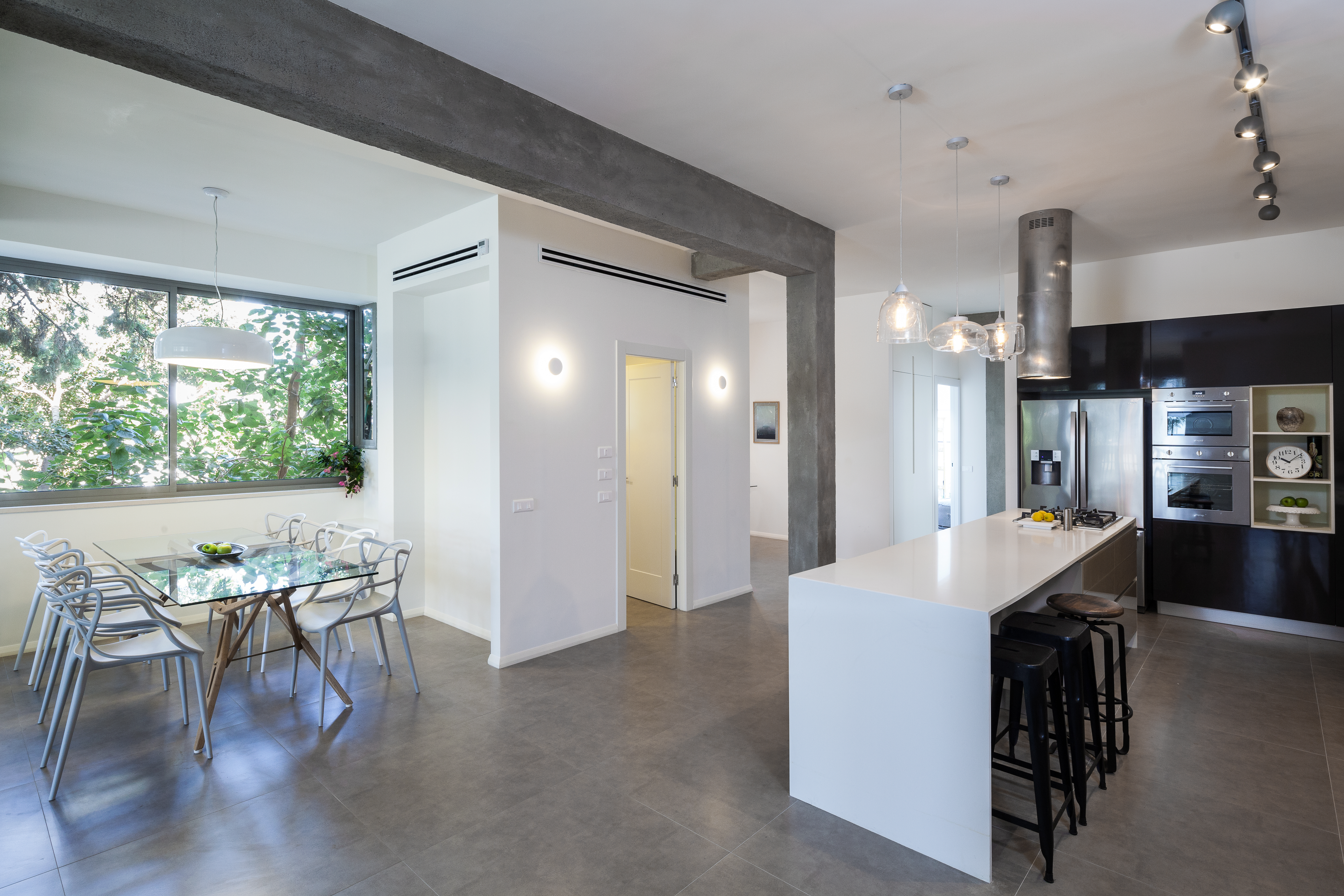
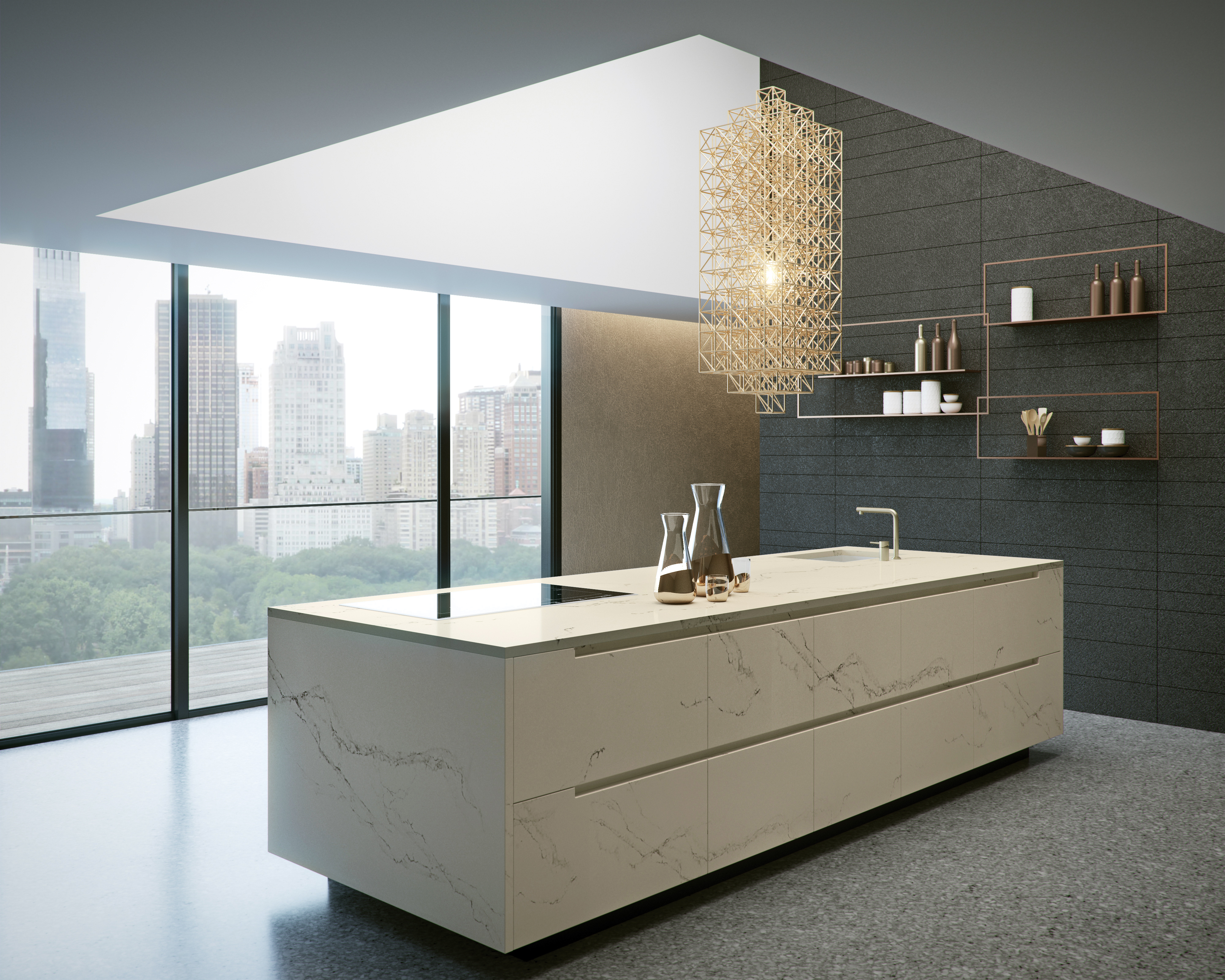

White on White – The White Kitchen Trend
With the transformation of the kitchen being the most significant space in the home, at the same time the need arose to design a space with a neutral color that fades into the overall design of the house. And precisely because of this, while walking the line between luxurious and minimalistic with a variety of nuances and characteristics, the white kitchen is gaining momentum in the kitchen design scene. We’ve gathered a few tips for you so that you can get the most out of your white kitchen.
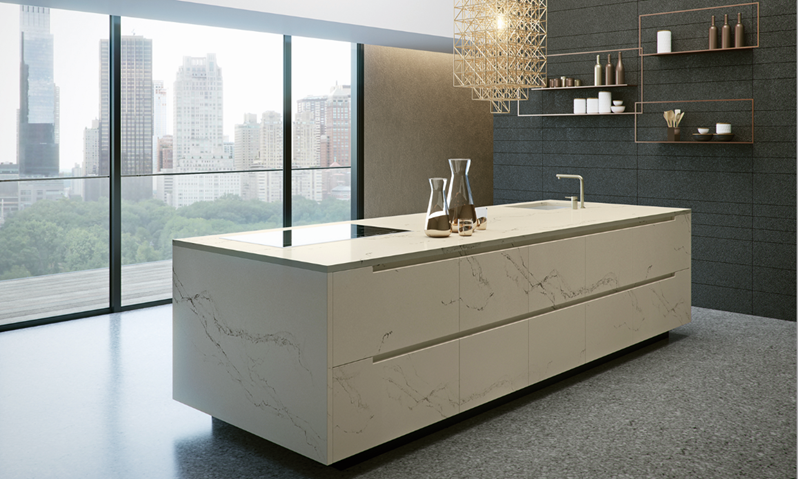
The white kitchen trend walks the line between luxurious and minimalistic.
From the Caesarstone site, Model 5111
Warm up the Space
Even though white is the name of the game, one mustn’t forget that the kitchen is part of the house and therefore in its design, it must project warmth and preserve an inviting appearance. In order to prevent a cold and sterile feeling, it is recommended to select a number of elements that will disrupt the monotony of the cold white and that will provide splashes of color and warmth to the space. Herbs of an intense green color, placed in a decorative vase on a white work surface would do the trick wonderfully. Try combinations of colors that integrate with white using Caesarstone’s imaging application.
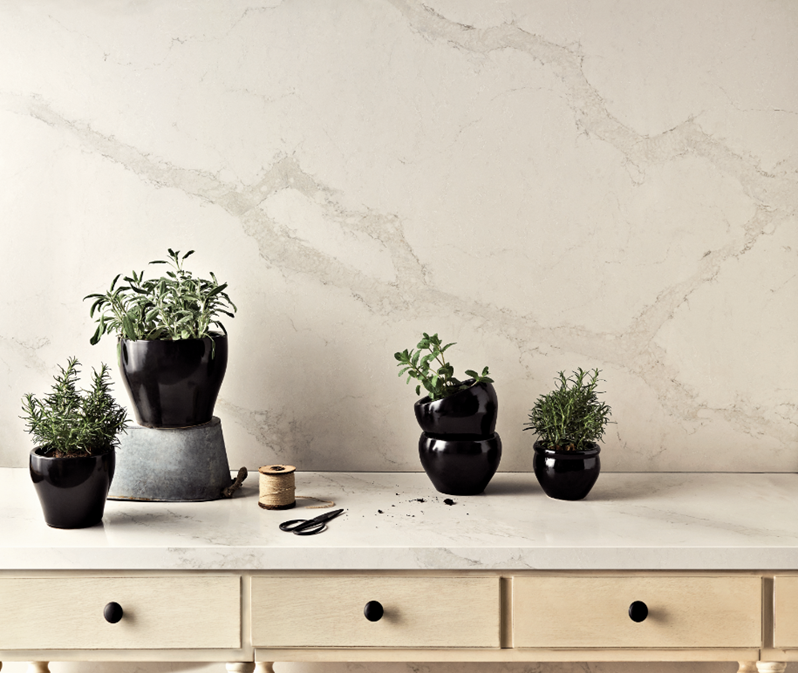
Intense green herbs add a pop of color to a white kitchen.
Photography: Misha Waidman for Caesarstone Model 5131
Use Natural Lighting
High electricity prices and environmental awareness contribute greatly to energy-saving LED lamps. This trend is welcomed but fraught with potential home-lighting catastrophes in the form of white fluorescent bulbs. In order to prevent an office atmosphere in your kitchen, choose lighting with a warm color, not fluorescent. Warm natural light completes and emphasizes white surfaces without creating a cold feeling. If you are able to, try to plan your kitchen ahead of time so that during the day, those sitting in your kitchen can enjoy natural light entering through large windows which are essential for the ventilation of an active kitchen, among other things.
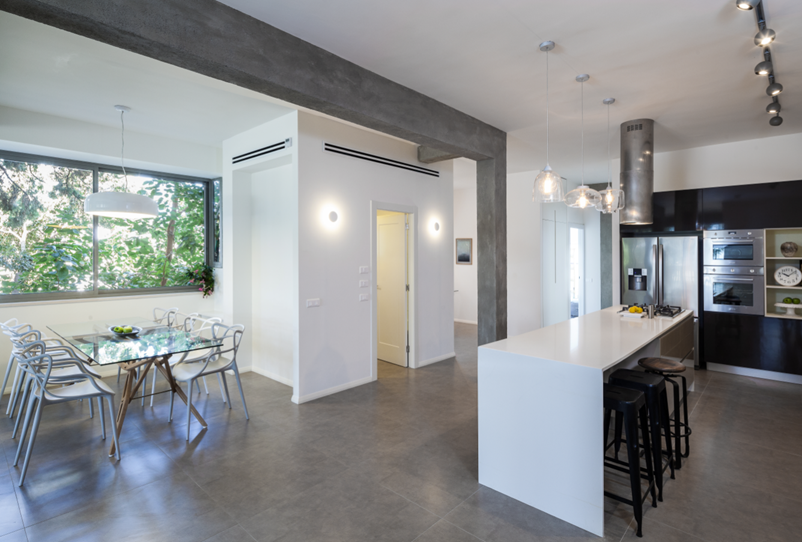
Large windows allow the light to enter and warm up the space and also ventilate an active kitchen.
Photography: Tal Nissim
Incorporate Wood
In order to generate interest and break the uniform appearance of the space, you can incorporate segments of wood (butcher) into your work surface. The segment can be a part of the work surface that is integrated creatively such as in a zigzag formation, or a portable element such as a large cutting board that can turn into a hosting platform in an instant. You can always integrate into the general kitchen design cabinets made of wood and create a complex design combining materials.
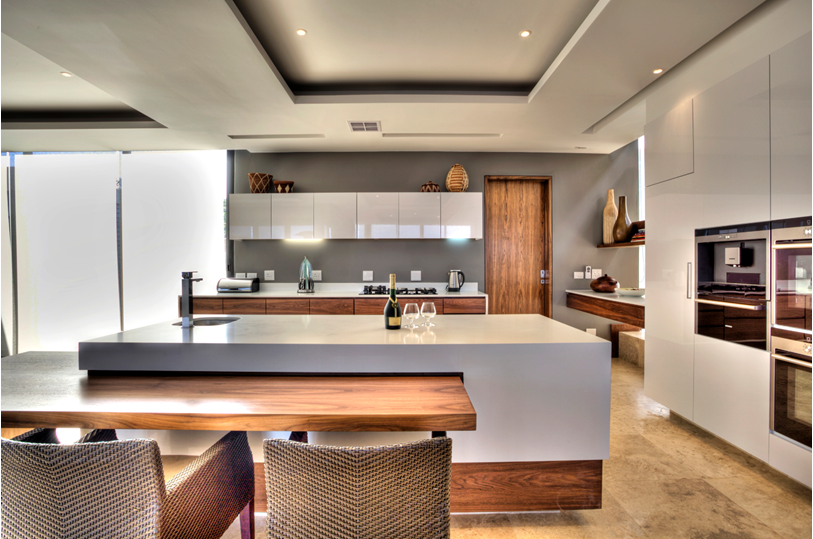
Warming up the space; Combining wood with a white surface 1141
From Caesarstone’s South Africa Site
Textures and Finishes
A color’s character is often determined by the material on which it “lies”. When designing a white kitchen, it is important to remember that for different materials, different finishes influence the manner in which the white reacts to the material, and what amount of light will reflect from it. A glossy finish, with a reflective characteristic, gives depth to the white color that will also be affected, among other things, by the colors of the elements around the space that reflect off the white. On the contrary, a matte white finish, which absorbs the light, allows, relative to the glossy, for the white color to appear as a single unified piece.
Work surfaces and countertops for a white kitchen also have different types of finishes. Take for example a surface from the White Concrete Series 4001 with a special concrete finish that gives the surface a unified white appearance with less reflection. Alternatively, Eternal White 1141 has a glossy finish which creates a reflection and gives depth to the surface.
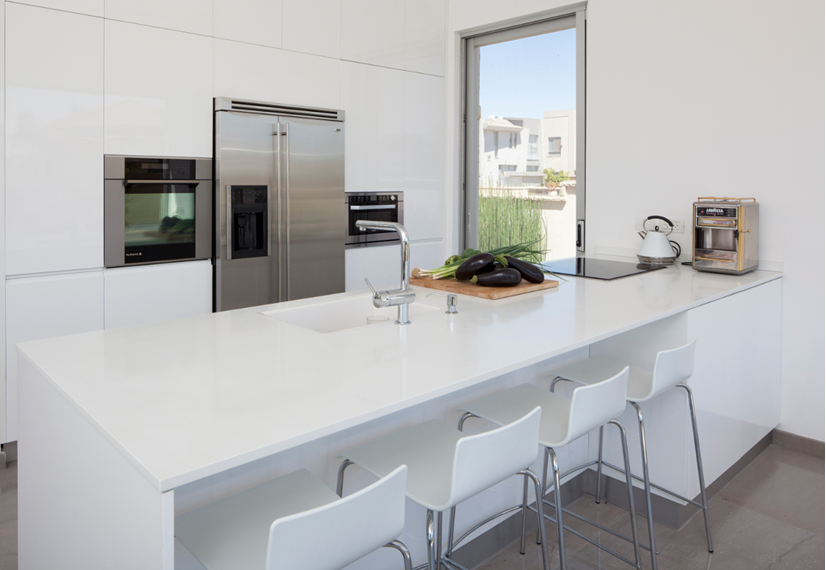
A glossy finish provides depth to a surface and to the cabinet claddings.
Photography: Shai Epstein